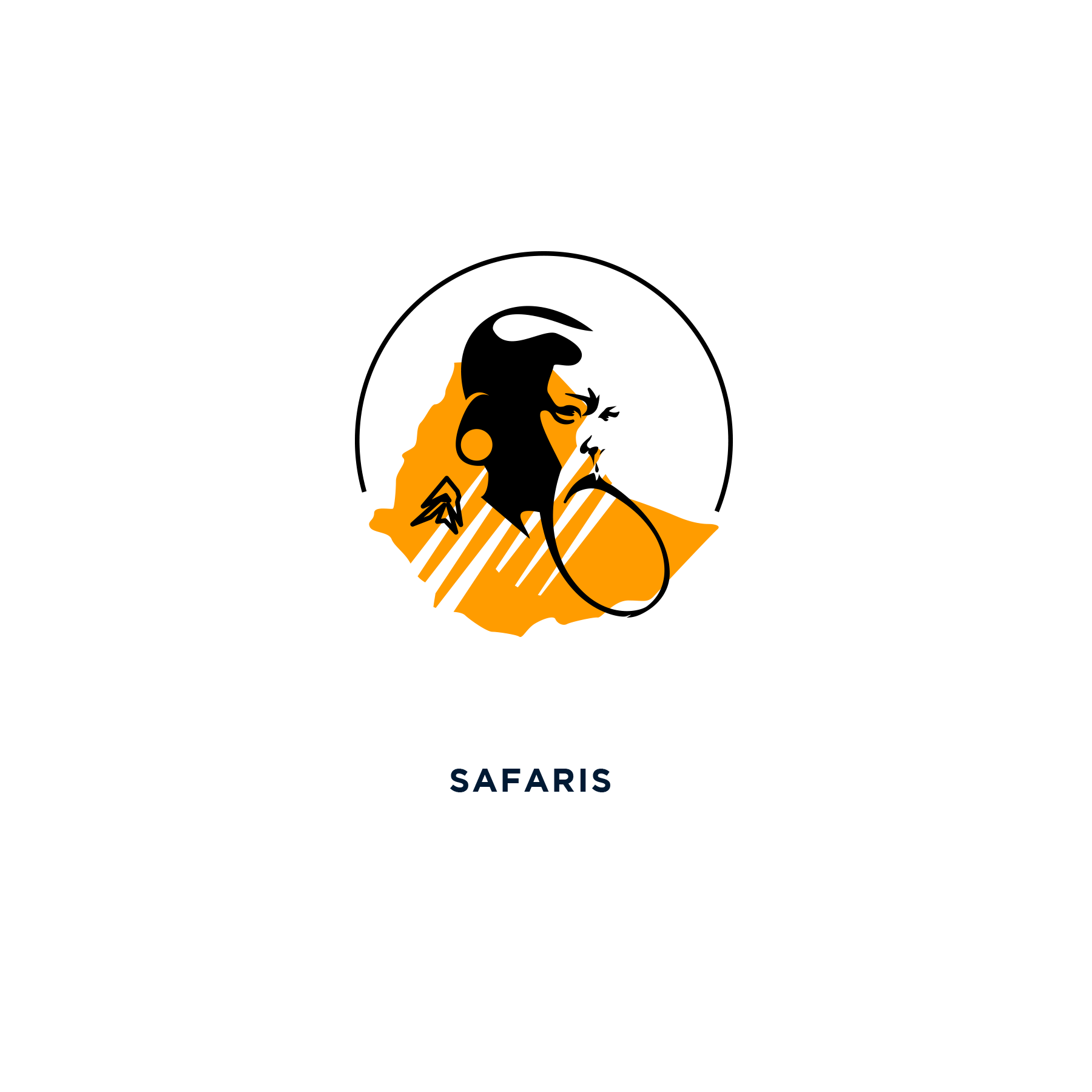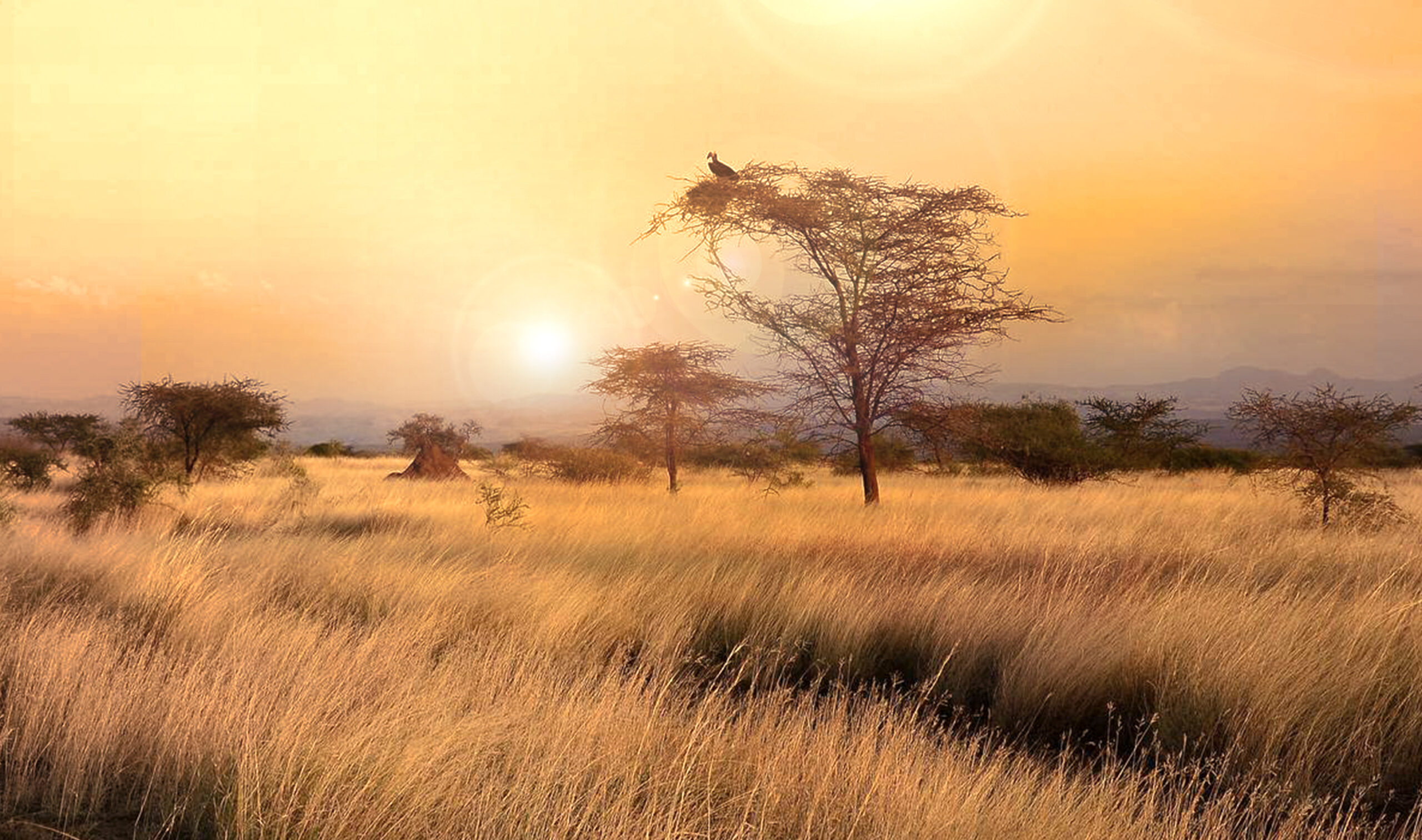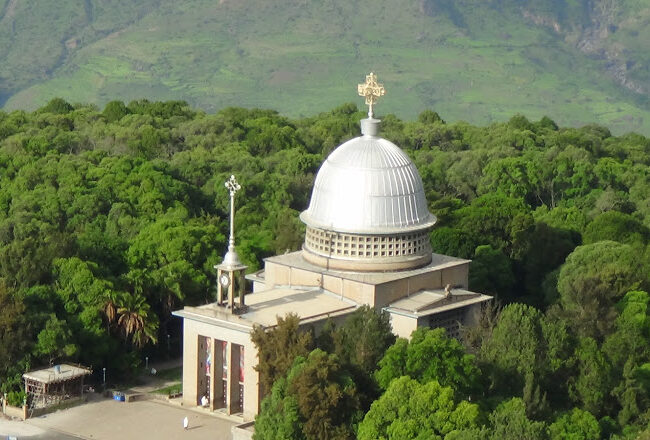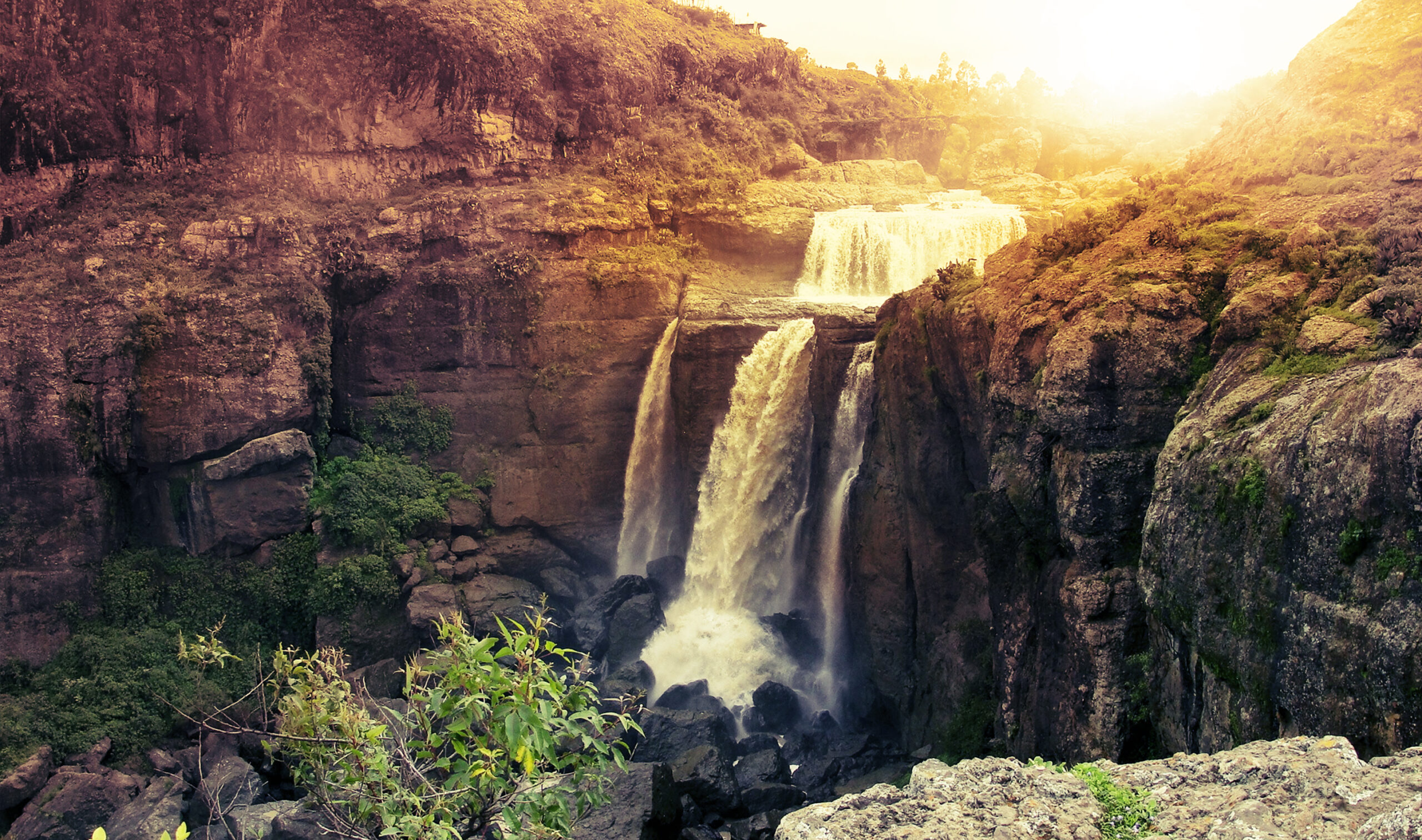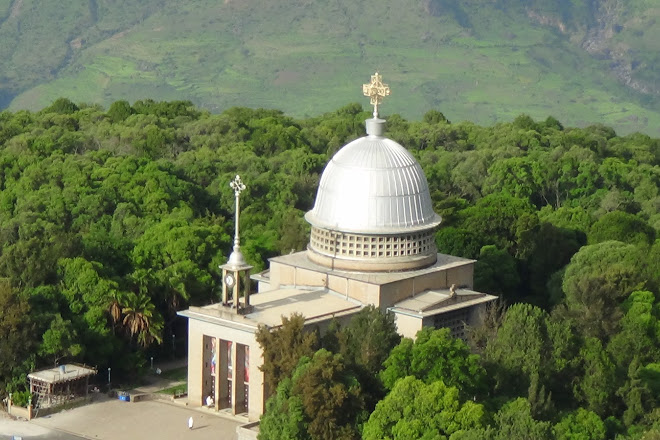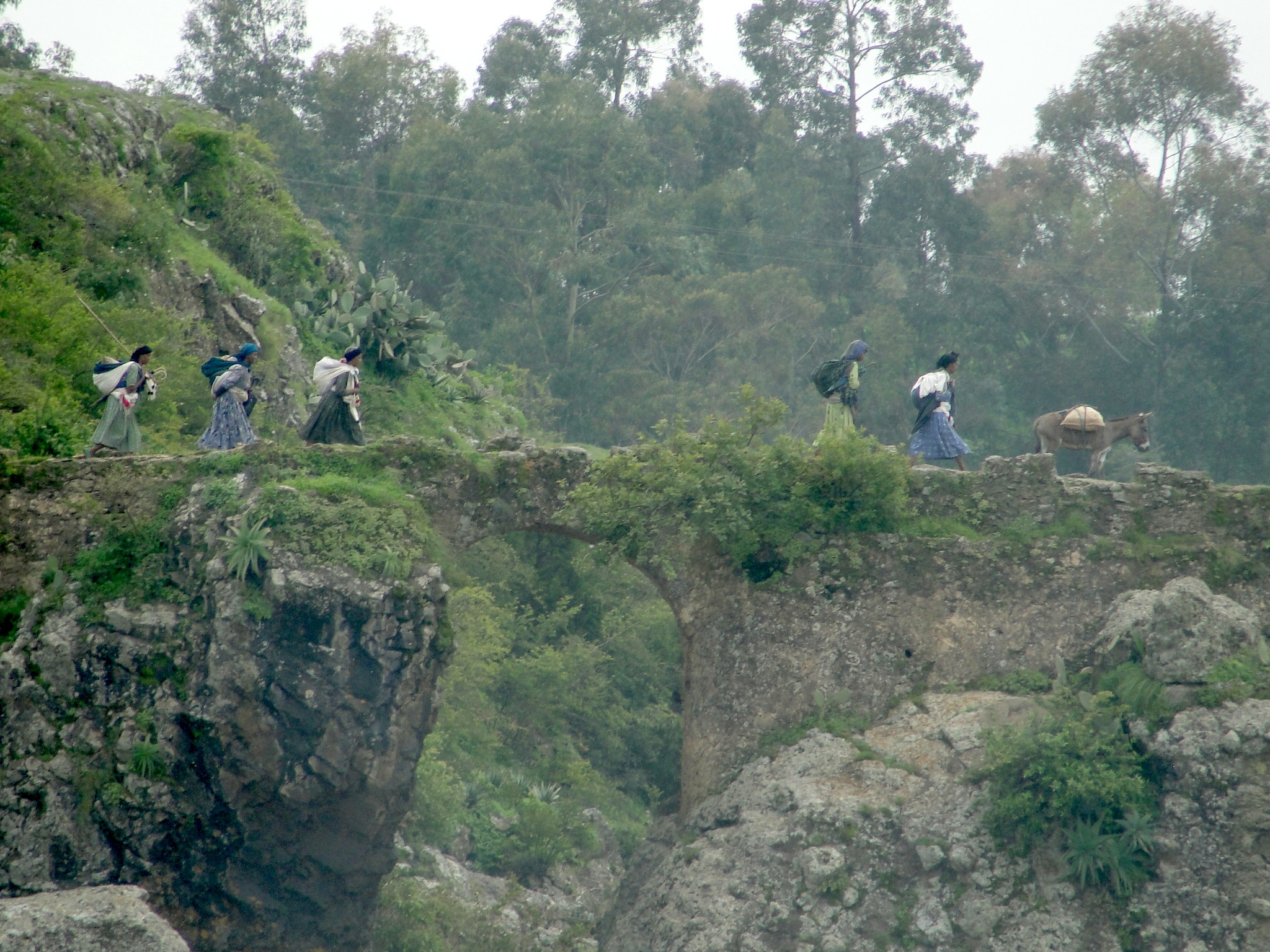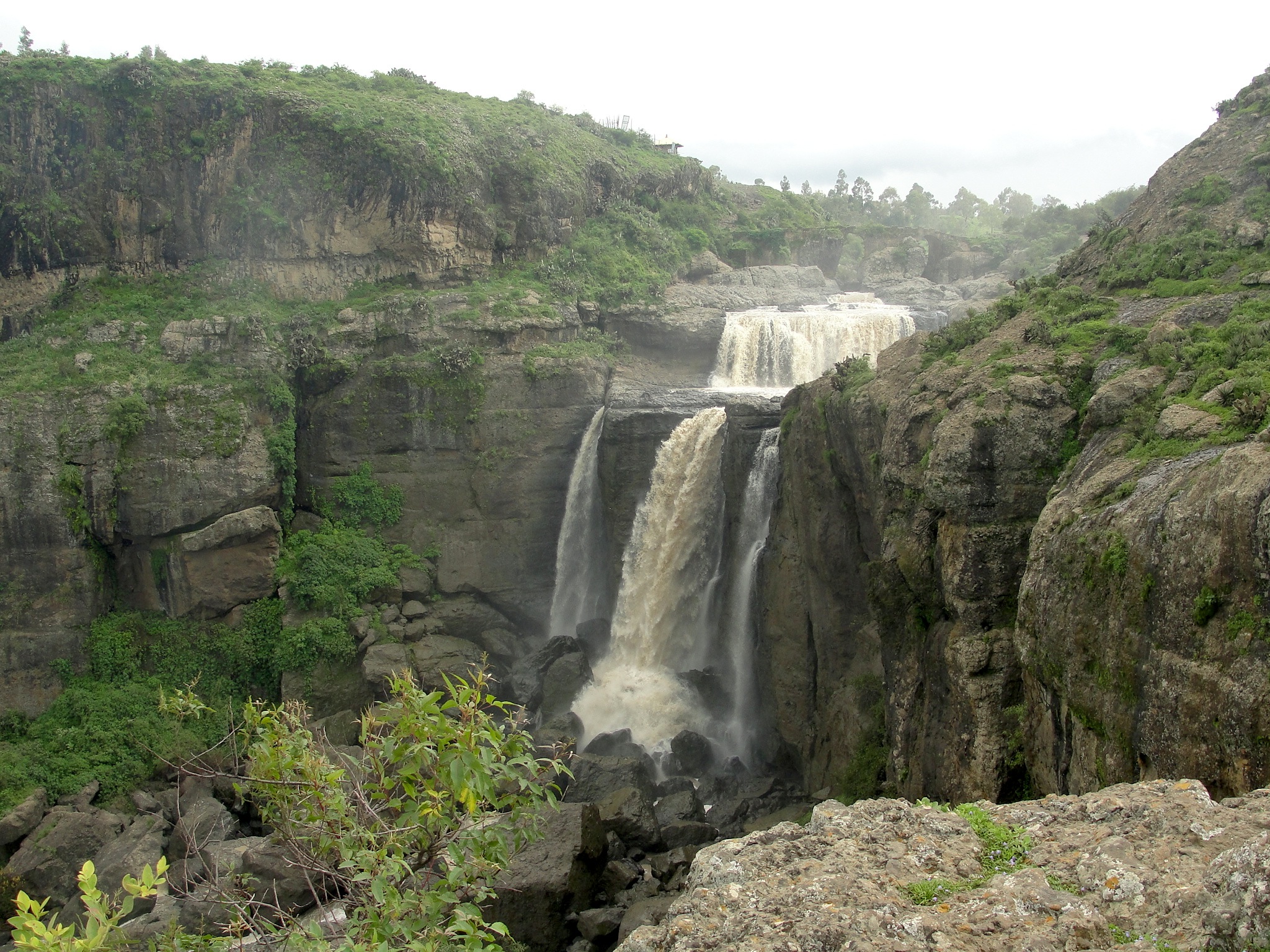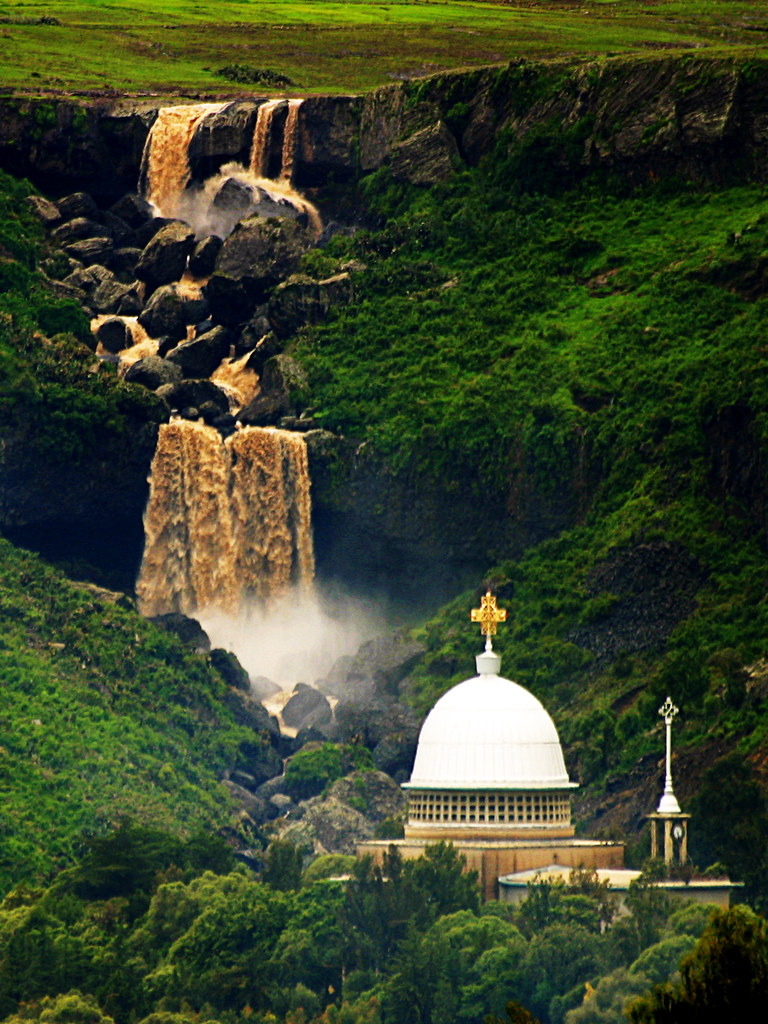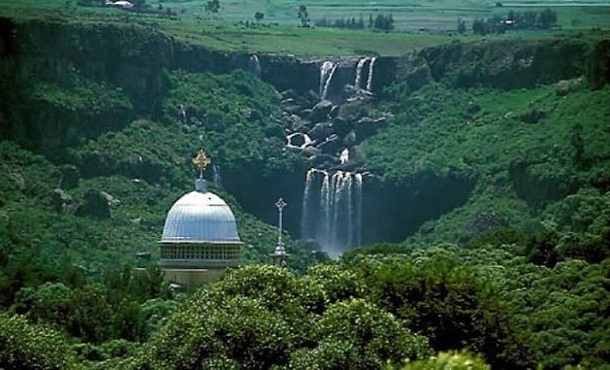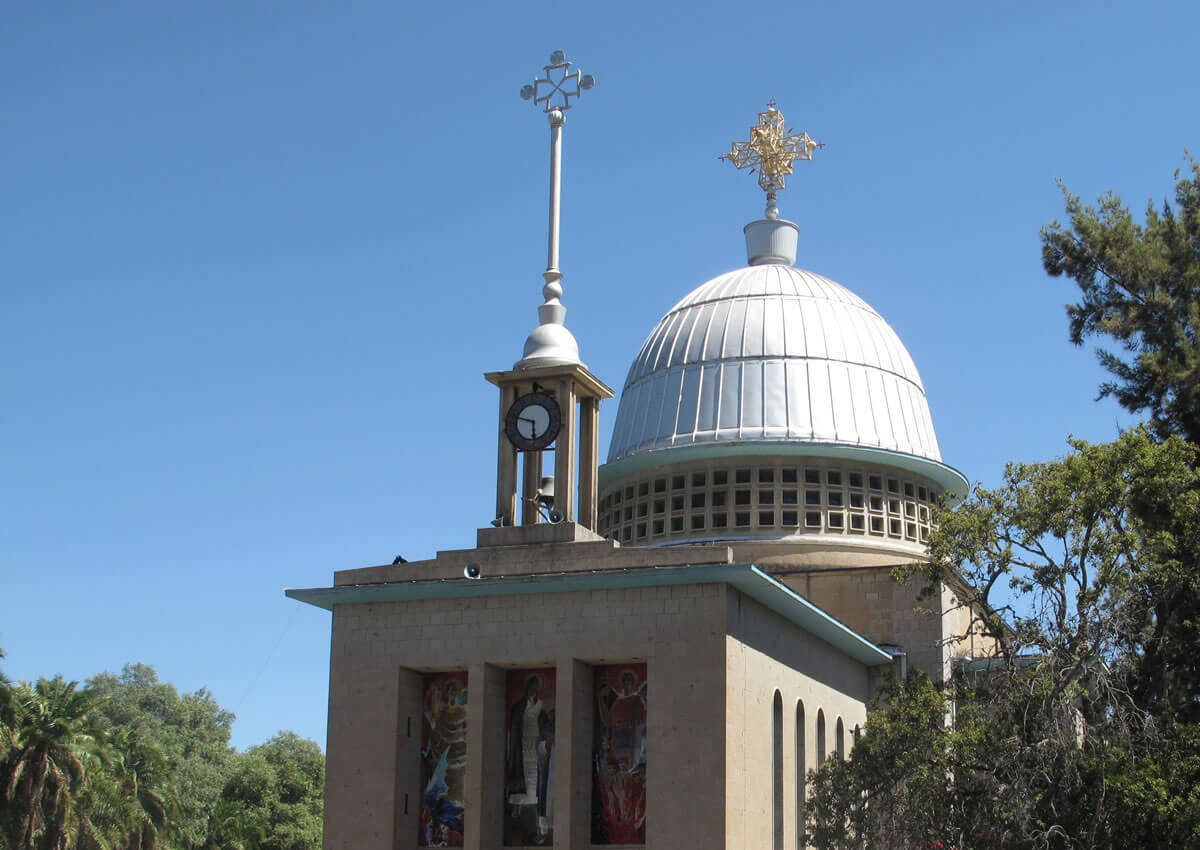Places of Interest
I would like to have a connecting line that shows the various routes:
1st route: Addis Ababa/Lalibela/Axum/Gondar/Bahir Dar/Addis (end)
2nd route: Addis Ababa/Mojo/Shashamane/Sodo/Arba Minch/Jinka/Murulle Omo Lodge (you will need to construct that point on the map – I indicated it with a sticky note) (end)
3rd route: Arba Minch/Yabello/Yirgalem/Awasa/Shashamane (end)
4th route: Shashamane/Goba (end)
5th route: Addis Ababa/Awash/Dire Dawa/Harar (end)
6th route: Addis Ababa/Jimma/Gore/Gambela/Tepi/Mizan Teferi/Tum (you will need to construct that point on the map – it is a quarter cm north of Maji.) then…..Mizan Teferi/Jimma (end)
ADDIS ABABA
The name of this sprawling capital city means “New Flower.” Founded by Emperor Menelik in 1887 and with a population of about 4 million, Addis Ababa is Africa’s diplomatic capital with the headquarters for the Organization of African Unity located here. Impressive monuments of colonial architecture are scattered among stretches of sun-bleached shacks. Drive through “Mercato” the largest open market on the continent. Make interesting stops that include the National Museum, the Ethnological Museum and the Ba’ata Church known as Menelik Mausoleum. Enjoy souvenir shopping and visits to special art galleries. Ethiopian Rift Valley Safaris patronizes certain local charities and would provide guests with opportunities to make purchases supporting these. Hotel accommodation ranges from tourist class to luxury collection and varieties of restaurants serve delectable dishes from around the world. If international arrival into Addis is on an evening flight, then that first overnight must be spent in town. If arrival is at midday, then it is possible to leave for the South by road, but it’s too late for connecting to flights to the North. With the high-altitude and jet-lag considerations, we recommend a first night’s stay in Addis. A half-day city tour can be incorporated.
AXUM
Axum stands in the highlands of north-western Tigray commanding spectacular views over the nearby Adowa Hills. Founded around the second century BC, this ancient settlement is frequently referred to as “the sacred city of the Ethiopians.” This description adequately sums up its significance in National culture as a center of Orthodox Christianity, as the site of many remarkable monuments attesting to the great antiquity of religious expression in this country and as a former capital that has never lost its special appeal to the hearts and minds of all Ethiopians. Axum is well known for its stele fields, ruins of the palace of the Queen of Sheba, tombs of former Kings and above all, the small chapel which is noted to be the last resting place of the Ark of the Covenant. Ethiopian Airlines has a daily scheduled flight to Axum.
LALIBELA
Lalibela, a medieval settlement in the region of Welo, is the site of eleven rock-hewn churches believed to have been built in the late 12th or early 13th century by King Lalibela. These remarkable edifices, which were carved inside and outside of solid rock, are often ranked among the wonders of the world. Surrounding the town of Lalibela are numerous other churches to visit that are distinct in architecture and design. Ethiopian Airlines has a daily scheduled flight to Lalibela.
GONDAR
Gondar was once the capital of Ethiopia, its prominence beginning with the reign of Emperor Fasilades in 1632 and ending with the fall of Tewodros in 1868. The city’s unique imperial precinct contains a dozen castles and fortress-like battlements built by various Emperors during this 236 year period. By European standards the Gondar castles may not be elaborate, but their very presence in Africa makes them a rare and imposing sight. The Debre Birhan Selassie Church in Gondar town is famous for its “winged angel” faces that decorate the entire ceiling. A day excursion by car can be made to visit the magnificently scenic Simien Mountains National Park. Ethiopian Airlines has a daily scheduled flight to Gondar.
SIMIEN MOUNTAINS NATIONAL PARK
The Simien Mountains National Park was officially established in 1969 with the objective of preserving its unique Afro-alpine ecosystems and high number of endemic species of birds and wildlife that include the Ethiopian wolf, gelada baboon and walia ibex. Dubbed as the “Roof of Africa,” Ethiopia has the highest elevated portion of landmass on the continent. The Simien Mountains are part of this landmass with unparalleled scenery. It was declared as a World Heritage site by UNESO in 1978. The region includes many summits above 4,000 mts and culminates in the highest point in Ethiopia and fourth highest peak in Africa, Mount Ras Dashen (4,620 mts.) Its dramatic topography is the result of the erosion of basalt lavas that have been calculated to be nearly 3,000 mts thick. It is an ideal place for nature lovers and trekkers. The rainy season runs from June to September so travelling can be difficult during this period. November and December are the coldest months when the temperature is likely to go below freezing.
Quote taken from Rosita Forbes, 1925 “From Red Sea to Blue Nile – A thousand Miles of Ethiopia.”
“The most marvelous of all Abyssinian landscapes opened before us, as we looked across a gorge that was clouded amethyst to the peaks of Simien. A thousand, thousand years ago, when the old god reigned in Ethiopia, they must have played chess with those stupendous crags, for we saw bishops’ miters cut in lapis lazuli, castles with the ruby of approaching sunset on their turrets, an emerald knight where the forest crept up on to the rock and, far away, a king, crowned with sapphire and guarded by a row of pawns.”
BAHIR DAR & LAKE TANA
Bahir Dar is the jumping-off point for visits to the spectacular scenic and historic attractions of Lake Tana – Ethiopia’s giant inland sea. In their funerary texts, the Pharaohs referred to it as “Lake Karou of the Country of the Happy.” In the Middle Ages, churches sought refuge on the islands of Lake Tana and due in part to the difficult access are to this day rich in Ethiopian illuminated manuscripts, religious paintings and other treasures. The majestic Blue Nile Falls named “Tis Issat” in the Amharic language, which descriptively translates as “Smoke of Fire” is found outside Bahir Dar. The Falls plunge over a sheer 45 mts precipice that is 400 mts wide. Sought in vain by Egyptians, Persians, Greeks and Romans, the first European to discover the source of the Nile was Portuguese Father Paez. 150 years later in 1770, Scottish Traveler James Bruce described it as “One of the most stupendous sights of the Creation.” Ethiopian Airlines has two daily scheduled flights to Bahir Dar
HARAR
The ancient city of Harar remained a center of religious fervor from the early days of the Islamic expansion until 1887, when the authority of the central government was restored by Emperor Menelik II. With its 99 mosques, Harar is considered to be Islam’s fourth holiest city. The whole setting of medieval walls tightly embracing the ancient city, its rich and colorful marketplace, towering and majestic mountains and refreshingly cool climate, infuses Harar with an air of excitement, making it a memorable place to visit. Ethiopian Airlines flights to the town of Dire Dawa are several times daily, to be followed by a drive to Harar.
ARBA MINCH & NECH SAR NATIONAL PARK
In the experience of many visitors, Nech Sar National Park ranks as one of the most beautiful places in the tropical savannahs. It is a small park of 514 sq kms located on an outstandingly scenic part of the Rift Valley floor. Sandwiched between two lakes and bordered in the east by the Amaro Hills, the central plains of this park seem from a distance to be very pale, thus giving rise to the name Nech Sar or “white grass.” The park is home to Burchell’s zebra, Grant’s gazelle and the endemic Swayne’s hartebeest. The two adjoining lakes – Chamo and Abaya, support a considerable population of Nile crocodile and concentration of Nile perch. Ethiopian Airlines flights to Arba Minch and beyond to Jinka, are scheduled as twice weekly.
MURULLE OMO LODGE
In the heart of Ethiopia’s most remote wilderness – the Omo Valley – Murulle Omo Lodge sits as an oasis of peace and calm. Comfortably designed on the banks of the Omo River, the atmosphere is relaxed and the Karo people who are employed make for an extraordinary and authentic environment. Our 9 bungalows each with private shower & flush toilet, can accommodate 18 guests. Using the Lodge as a convenient base, driving excursions can be made to visit various people groups. Other activities to be worked into days spent at Murulle are: a boat excursion on the Omo River when the water is high (June through Sept,) fishing, wildlife-viewing, birdwatching, nature walking, a traditional Karo body-painting & dance event, and just taking time to freely interact with the Karo families. A private airstrip is available for arranging charter flights to & from Addis.
BALE MOUNTAINS NATIONAL PARK
Ranging in altitude between 1,500-4,377 meters with a total area of 2,400 sq kms, the Bale Mountains National Park forms Ethiopia’s second largest mountain complex. It is also Africa’s most extensive Afro-alpine habitat. A visit is rewarded by the opportunity to site many endemic mammals and birds including the rarest canid in the world – the Ethiopian wolf. It is quite memorable to be driving on the highest road in Africa and then descend down to one of Ethiopia’s most remarkable forested reserves – the Harenna Forest.
GAMBELLA & TUM
Gambella, with a brief British influence, was once a busy commercial port between Ethiopia and the Sudan. The main attractions are its National Park and ethnic groups. The park contains lowland animals seen nowhere else in Ethiopia: Roan antelope, white-eared Kob and the rare Nile lechwe. The two main people groups are the Anuak and Nuer. They are distinctly different from the Semetic and Cushitic speakers who dominate the rest of the country. Further to the South and living on the western bank of River Omo are the Surma or Suri people who number about 40,000. Like the Mursi, they are known for their stick-fighting and the women with their lip-plates. In her early twenties an unmarried woman’s lip will be pierced and then progressively stretched over the period of a year. A clay disc indented like a pulley wheel is squeezed into the hole in the lip. As it stretches, ever-larger discs are forced in until the lip, now a loop, is so long it can sometimes be pulled right over the owner’s head. The larger the lip-plate, the greater the bride price. Ethiopian Airlines has regularly scheduled flights to Gambella and Tum.
-
Departure
Addis Ababa -
Departure Time
Approximately 8.30AM -
Return Time
Approximately 7.30PM -
Dress Code
Casual, comfortable and light -
Included
5 Star AccommodationAirport TransferBreakfastPersonal Guide -
Not Included
Best Available AccommodationGallery TicketLunch
Reviews Scores and Score Breakdown
customer rating of our your tours



